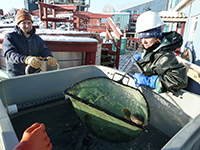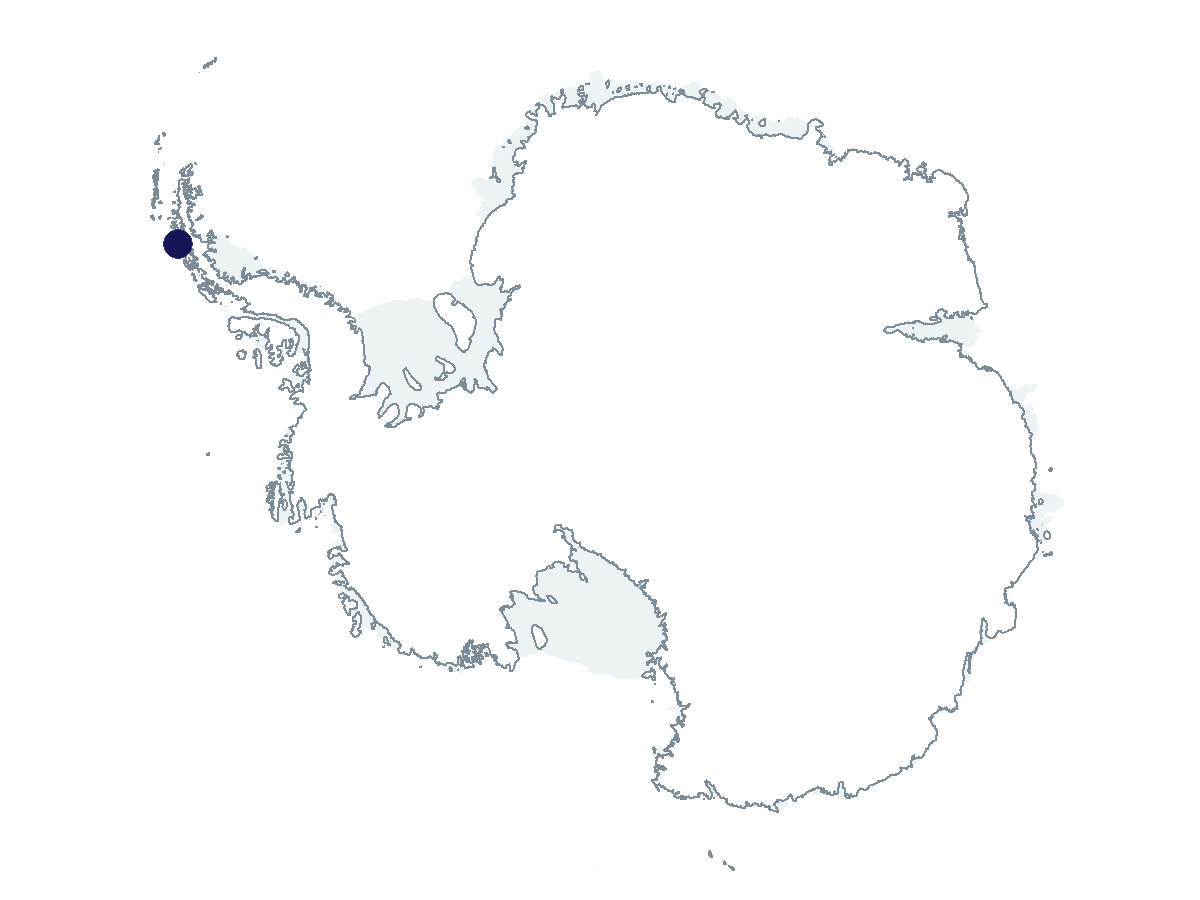2022-2023 USAP Field Season
Project Detail Project TitleHypoxia tolerance in notothenioid fishes Summary
Event Number:
Program Director:
ASC POC/Implementer: Principal Investigator(s)
Dr. Kristin M. O'Brien
Location
Supporting Stations: Special Project, ARSV Laurence M. Gould, Palmer Station DescriptionAntarctic notothenioid fishes have diminished stress response compared to temperate ray-finned fishes due to a recently discovered mutation in their genome regulating oxygen homeostasis. Marine waters can sometimes shift to low oxygen saturation due to changing global patterns of ocean temperatures, threatening the health of aquatic ecosystems and of ecologically important fish populations. This research is designed to undertake a comparative analysis of the capacity of Antarctic and non-Antarctic notothenioid fish, with different evolutionary histories, to withstand hypoxia. Hypoxia tolerance will be compared between the red-blooded Antarctic notothenioids, the hemoglobinless Antarctic icefishes, and the cold-temperate notothenioid, a species that has never inhabited waters south of the Polar Front. The work will train students and postdocs and develop a public education program in partnership with Southern California’s Aquarium of the Pacific.
Field Season OverviewThis project aims to characterize the hypoxia tolerance, as well as the physiological, biochemical and molecular responses to chronic hypoxia in notothenioid fishes. The science team will collect Antarctic notothenioids off the southwest shore of Low Island and in Dallmann Bay north of Brabant Island using benthic Otter trawls and baited fish traps deployed from the ARSV Laurence M. Gould. The science team will target red-blooded species Notothenia coriiceps and Notothenia rossii as well as the white-blooded icefishes Chaenocephalus aceratus and Chionodraco rastrospinosus. Animals will be transported to Palmer Station and maintained in circulating seawater tanks. Experiments and tissue preparations will be performed in labs at Palmer Station. At the completion of each field season, frozen and preserved tissue samples will be transported back to the PIs’ labs for biochemical and molecular analyses. Deploying Team Members
|
2022-2023 Science Planning Summary



For USAP Participants |
For The Public |
For Researchers and EducatorsContact UsU.S. National Science FoundationOffice of Polar Programs Geosciences Directorate 2415 Eisenhower Avenue, Suite W7100 Alexandria, VA 22314 Sign up for the NSF Office of Polar Programs newsletter and events. Feedback Form |



